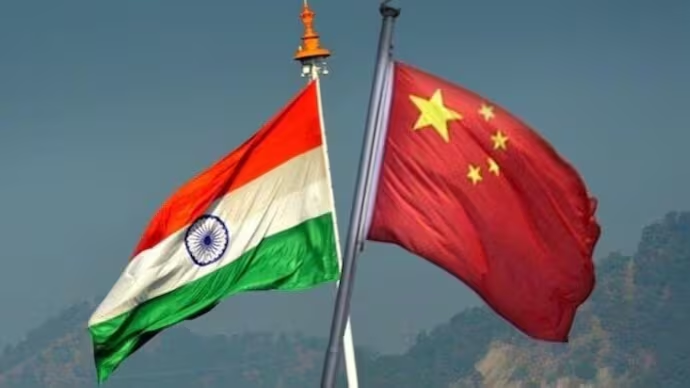In a significant diplomatic move, India has announced the resumption of tourist visa services for Chinese citizens starting July 24, ending a five-year-long suspension that followed both the COVID-19 pandemic and heightened border tensions between the two Asian powers.
The announcement was made by the Embassy of India in Beijing, which confirmed that Chinese nationals can once again apply for tourist visas to visit India. The process involves completing an online application, scheduling an appointment, and submitting necessary documents—including the passport—at Indian Visa Application Centers located in Beijing, Shanghai, and Guangzhou.
A post on Chinese social media platforms Weibo and WeChat outlined the procedure, emphasizing that applicants must bring printed application forms and supporting documents to the respective visa centers. Additionally, the embassy noted that any request to withdraw a passport must be accompanied by an official letter.
A Step Toward Normalisation
India had suspended all tourist visa services in 2020 as part of its COVID-19 containment measures. However, even as pandemic-related restrictions eased globally, the freeze on Chinese tourist visas persisted due to strained bilateral ties, especially after the deadly Galwan Valley clash in June 2020, which marked the most serious military confrontation between the two countries in decades.
The resumption of visa services signals a cautious but notable thaw in relations. Earlier this year, both countries agreed to restart the Kailash Mansarovar Yatra, a major religious pilgrimage that had been suspended since 2020, indicating a gradual reopening of cultural and people-to-people exchanges.
Background of Diplomatic Tensions
Following the Galwan Valley incident, India imposed several curbs on Chinese interests, including restrictions on foreign direct investment from China, a ban on numerous popular Chinese mobile applications, and the suspension of direct flight services. While China had resumed issuing visas to Indian students and business travelers in phases, India’s reciprocal measures remained limited—until now.
Tensions along the Line of Actual Control (LAC) have seen partial de-escalation, with both countries withdrawing troops from several contested areas after multiple rounds of diplomatic and military-level negotiations. However, full normalisation of ties remains a work in progress.
The decision to allow Chinese tourists back into India could help reboot cross-border travel and tourism, and potentially lay the groundwork for further diplomatic engagement. While both nations continue to manage complex strategic and economic dynamics, such moves suggest an intent to stabilise relations and rebuild trust through increased connectivity.

